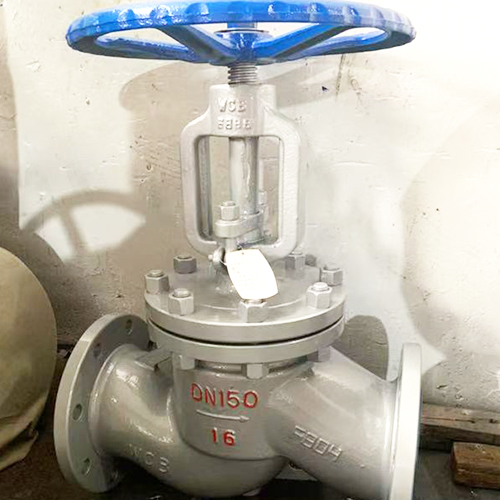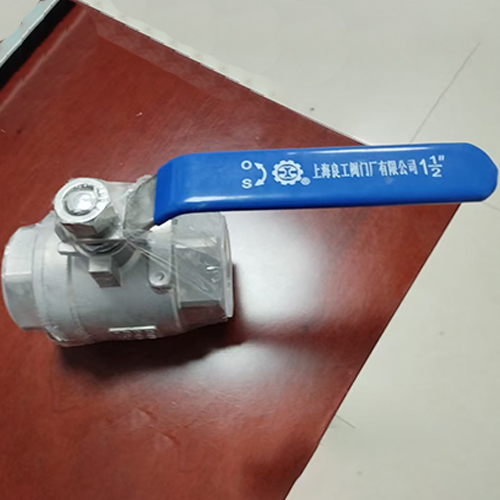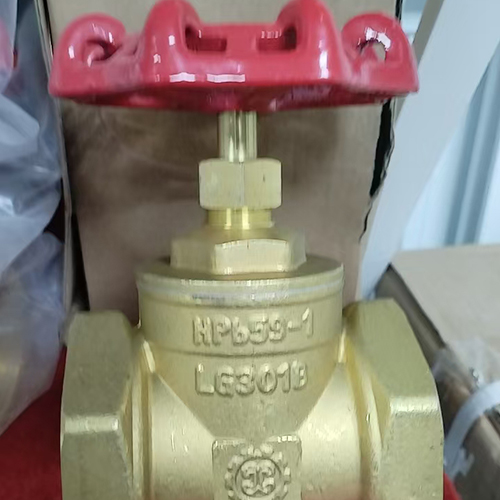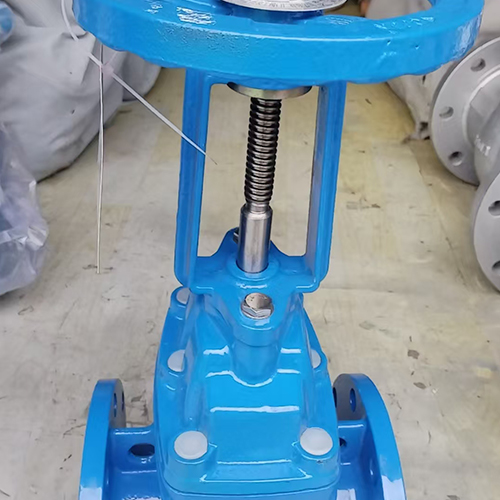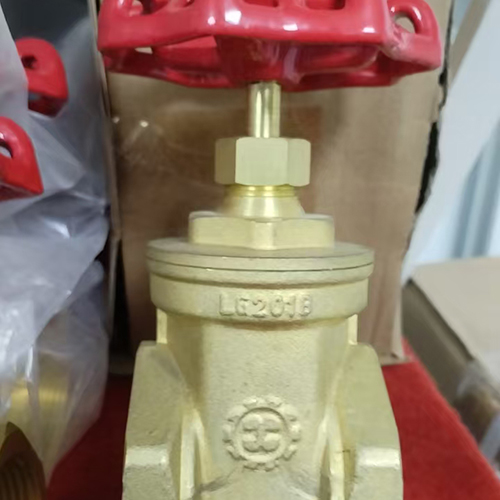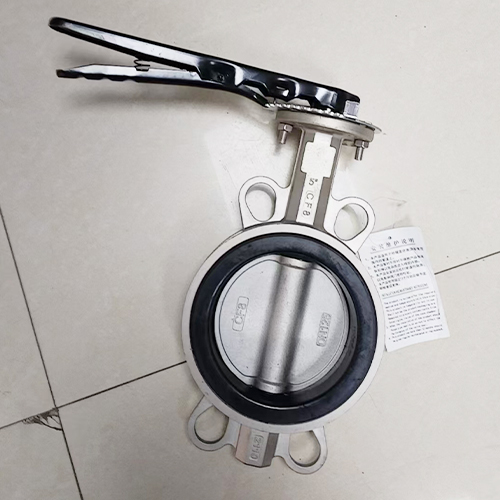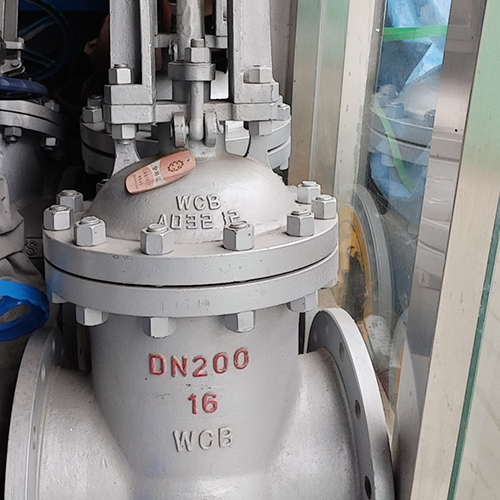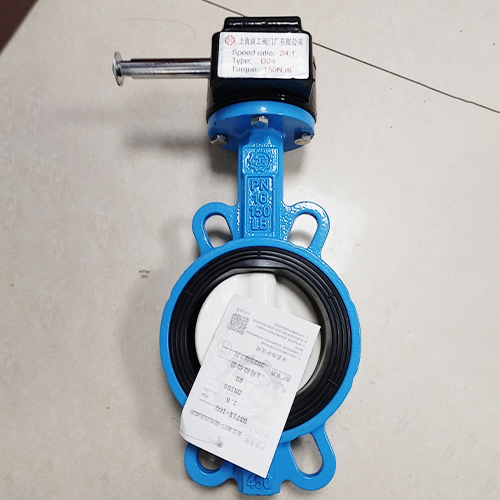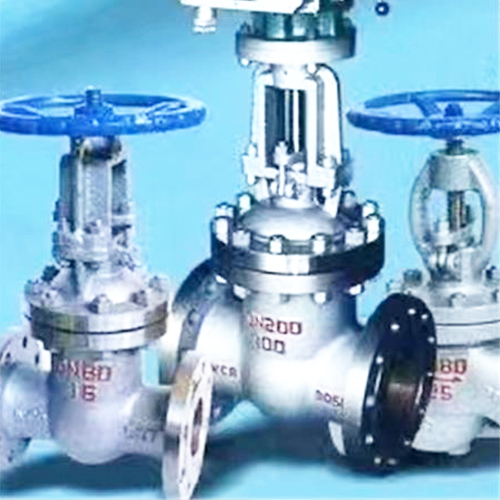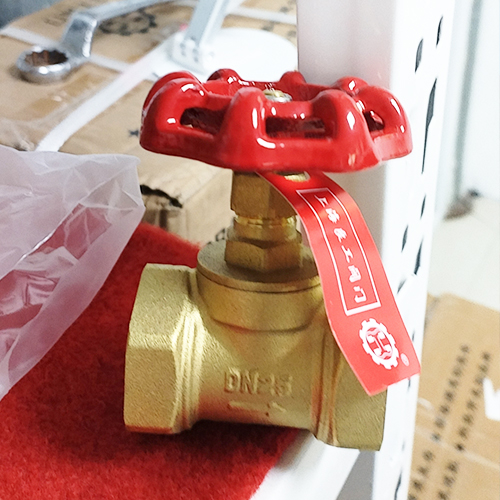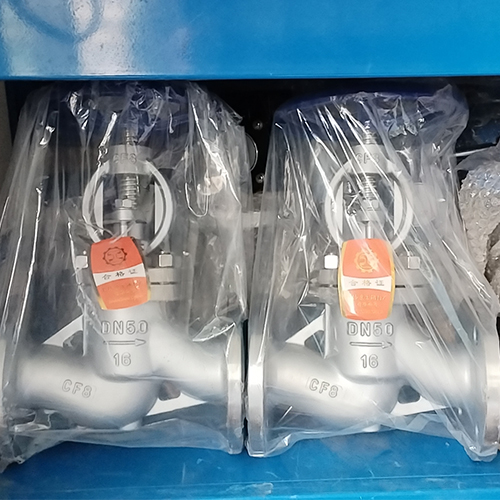一、正作用式减压阀
1、 Positive acting pressure reducing valve
由于主阀弹簧须克服进口介质对阀瓣的作用力及提供的密封力,因此,主阀弹簧的负荷较大。不适用于大口径的场合。压力特性偏差和流量特性偏差都是“负”值。所以任一工况时的静偏差都为“负”。同时,主阀弹簧的负荷较大,而它的结构空间却有限为了获得大的负荷,只有提高刚度。因此,它的静偏差较大。
Due to the fact that the main valve spring must overcome the force of the imported medium on the valve disc and the sealing force provided, the load on the main valve spring is relatively high. Not suitable for large caliber applications. The pressure characteristic deviation and flow characteristic deviation are both "negative" values. So the static deviation under any working condition is "negative". At the same time, the main valve spring has a large load, but its structural space is limited. In order to obtain a large load, the only way is to increase the stiffness. Therefore, its static deviation is relatively large.
由于上述原因,正作用式减压阀通常只适用于小口径(小于DN5以下)低流量的场合。
Due to the above reasons, positive acting pressure reducing valves are usually only suitable for small diameter (less than DN5) and low flow situations.
二、反作用式减压阀
2、 Reaction type pressure reducing valve
进口介质使阀瓣压向阀座,保证了阀的密封。主阀弹簧只需承受运动部件的重力,负荷较小。因此有较小的流量特性偏差。W=0时,在进口压力降低到与出口压力相等之前,压力特性偏差是逐渐正向增加的。W≠0时,在进口压力降到与出口压力相等之前,压力特性偏差就由增加转为下降,直至变为负偏差。W越大,开始转为下降特性的进口压力也越高。
The imported medium presses the valve disc against the valve seat, ensuring the sealing of the valve. The main valve spring only needs to bear the weight of the moving parts and has a small load. Therefore, there is a small deviation in flow characteristics. When W=0, the pressure characteristic deviation gradually increases positively before the inlet pressure decreases to the same level as the outlet pressure. When W ≠ 0, the pressure characteristic deviation changes from increasing to decreasing until it becomes negative before the inlet pressure drops to the same level as the outlet pressure. The larger the W, the higher the inlet pressure at which the descent characteristic begins.

反作用式减压阀通常都具有“正”向的静偏差。只有当流量很大,而进口压力接近大或小值时,静偏差才为“负”。所以,当需要获得“正”向偏差时,以采用反作用式减压阀为宜。
Reaction type pressure reducing valves usually have a "positive" static deviation. Only when the flow rate is high and the inlet pressure is close to the high or low value, the static deviation is "negative". Therefore, when it is necessary to obtain a "positive" deviation, it is advisable to use a reaction type pressure reducing valve.
由于需要从阀座中穿过,故不宜于小口径的场合。同时,由于调节弹簧须克服进口介质对阀瓣的作用力,所以,当进口压力较高,而口径很大时,调节弹簧必须承受的负荷极大。可能造成调节弹簧极不合理的设计。
Due to the need to pass through the valve seat, it is not suitable for small caliber applications. At the same time, due to the fact that the adjusting spring must overcome the force of the inlet medium on the valve disc, when the inlet pressure is high and the diameter is large, the adjusting spring must bear a great load. May cause extremely unreasonable design of the adjustment spring.
另外,阀座密封面所承受的力也相当大。所以反作用式减压阀通常适用于进口压力(严格地说应指进、出口压力差)不太高,中等口径的场合。当进口压力较高时,口径必须较小,而进口压力较低时,口径允许较大。主要取决于是否获得尺寸合理的调节弹簧及阀座密封副能否承受进口介质的作用力。
In addition, the force on the sealing surface of the valve seat is also considerable. So reaction type pressure reducing valves are usually suitable for situations where the inlet pressure (strictly speaking, the pressure difference between the inlet and outlet) is not too high and the diameter is medium. When the inlet pressure is high, the diameter must be smaller, while when the inlet pressure is low, the diameter is allowed to be larger. It mainly depends on whether a reasonably sized adjusting spring and valve seat sealing pair can withstand the force of imported media.
三、卸荷式减压阀
3、 Unloading pressure reducing valve
卸荷式是静态性能较为理想的形式。由于pj不参加运动部件的力平衡,压力特性偏差极小。W=0时,压力特性偏差为零。W≠0时,压力特性偏差为“负”,所以静偏差恒为“负”值。阀弹簧仅需提供密封力和克服运动部件的重力。
Unloading type is an ideal form of static performance. Due to Pj not participating in the force balance of moving components, the deviation of pressure characteristics is minimal. When W=0, the pressure characteristic deviation is zero. When W ≠ 0, the pressure characteristic deviation is "negative", so the static deviation is always a "negative" value. The valve spring only needs to provide sealing force and overcome the gravity of moving parts.
调节弹簧无须克服介质对阀瓣的作用力。所以,阀弹簧和调节弹簧都只承受较小的负荷,从而刚度也可设计得较小。所以,静偏差较上述两种形式小。除了由于阀杆必须从阀座中穿过而不适用小口径的情况外,其适用范围较大。
Adjusting the spring does not require overcoming the force of the medium on the valve disc. So, both the valve spring and the adjustment spring can only withstand small loads, so the stiffness can also be designed to be smaller. Therefore, the static deviation is smaller than the above two forms. Except for situations where the valve stem must pass through the valve seat and is not suitable for small diameters, its applicability is relatively large.
This article is dedicated by Lianggong Valve. For more information, please click on: http://www.jnlgvf.com Sincere attitude. We will provide you with comprehensive services. We will gradually contribute more relevant knowledge to everyone. Stay tuned.
 企业公告:
企业公告:



